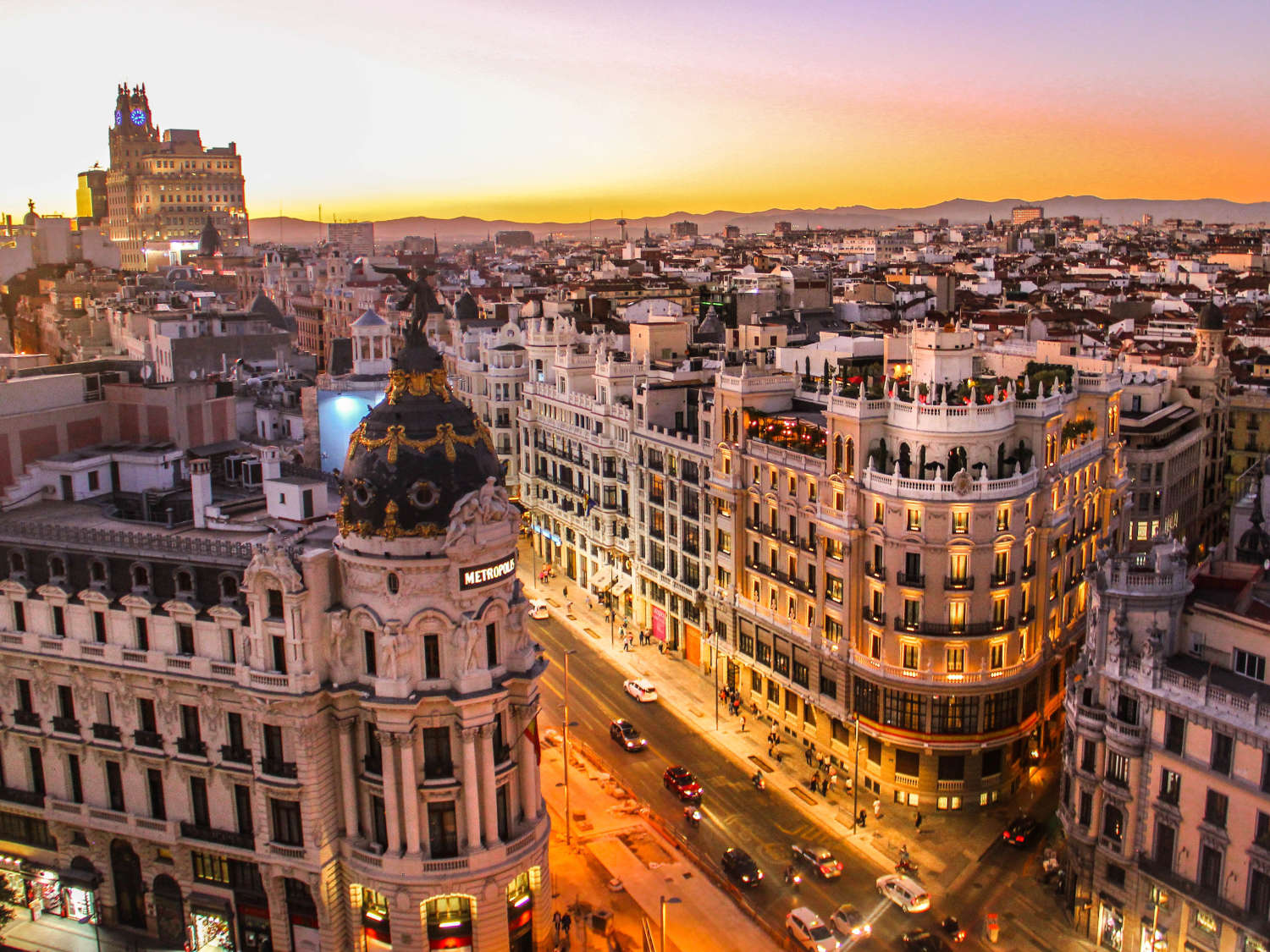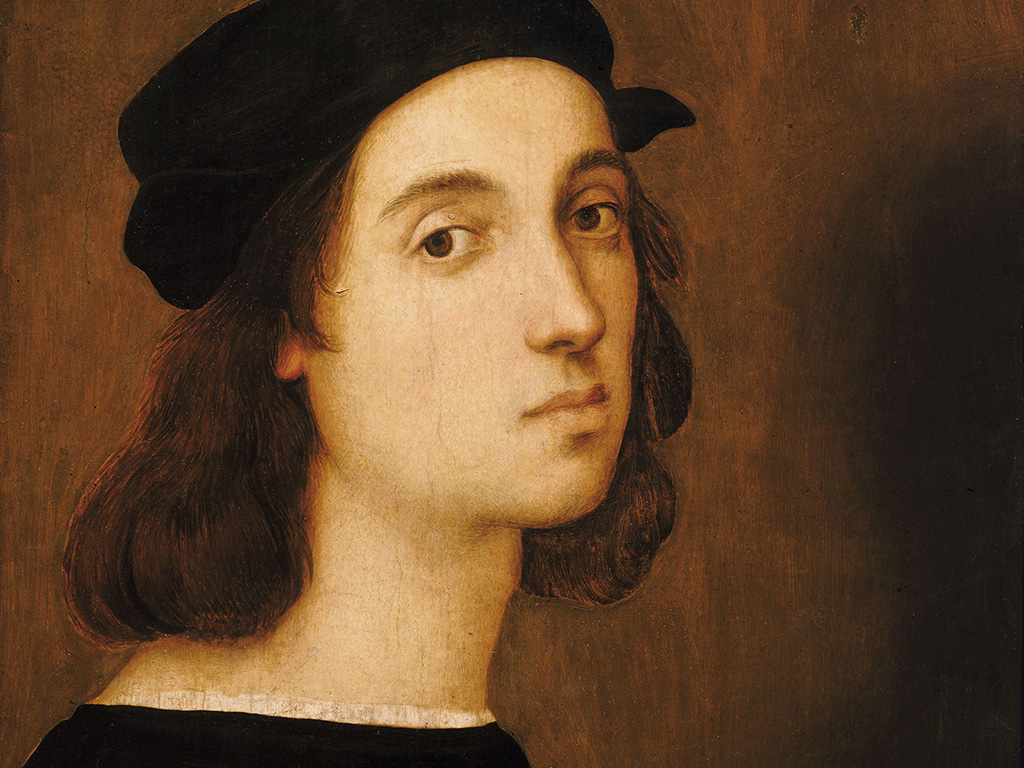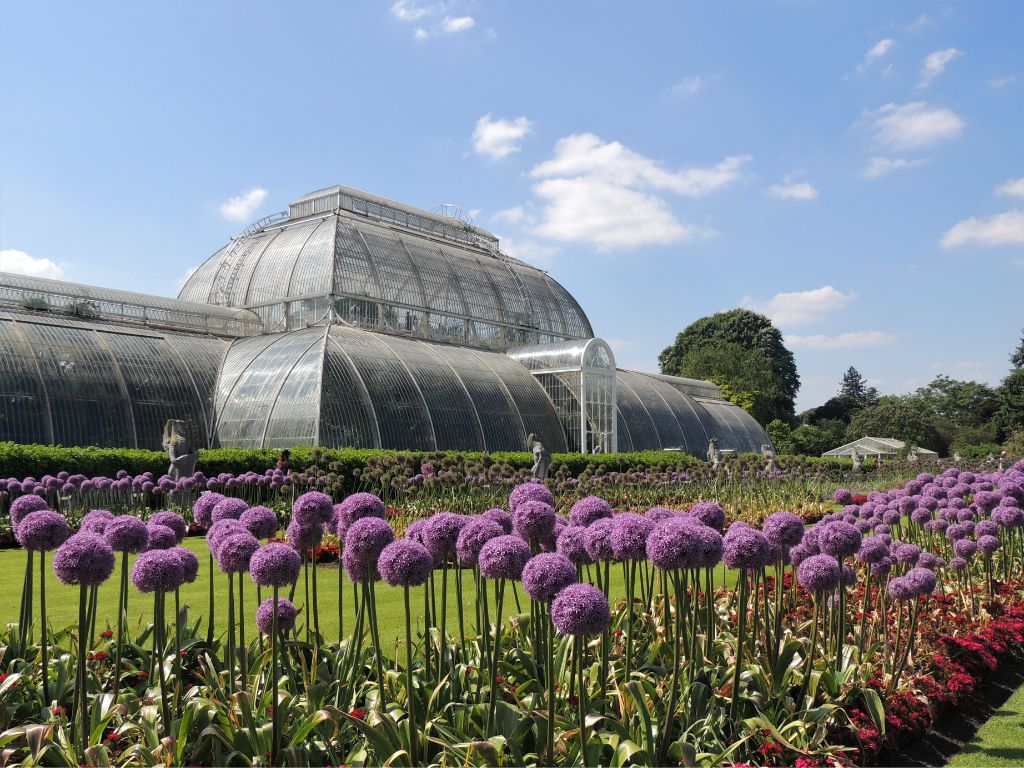Madrid may be considered a modern and cosmopolitan city as much as any other European cultural capital these days, but things were very different in the mid 1970s. At that point, Spain had been under the control of a military dictatorship for nearly four decades following the Francoist victory in the Spanish Civil War. When Franco kicked the bucket in 1975, it ushered in a profound period of sociocultural change without parallel. Spaniards enjoyed a newfound freedom of expression, a widespread transgression of the taboos imposed by the Franco regime, and the emergence of a new Spanish national identity. This potent combination paved the way for the rise of a fascinating current of counter-culture. The hub of such change, dubbed la movida madrileña, was undoubtedly Madrid, and particularly the neighborhoods of Malasaña and Chueca. Suddenly the streets were filled with colour again and Madrid was put definitively back on the cultural map!
We thought we’d take a closer look at this fascinating period, which has had a profound impact on modern Madrid, and inspired our Movida Madrilena tour. Below you’ll find some of the key sites and symbols of the movement, many of which can still be visited today.
Movida Madrileña Sites and Symbols
Malasaña’s central square, the Plaza de 2 de Mayo, (where our walking seminar finishes) has a very strong symbolic significance as the site of the armed resistance. It was here that ordinary Madrileños took up arms to fight against the Napoleonic troops in May 1808. 170 years later it took on a new meaning during the post Franco transition to democracy as the epicenter of La Movida Madrileña. For instance, it was the site of the ground-breaking public striptease of drunk college students in 1976 which became an emblem of the destape or ‘unveiling’ that occurred in Spanish society across the late 1970s. Essentially, the Spaniards of this generation were peeling off the hitherto very conservative social values, and the iconic moment well and truly ushered in a period of hedonism, enthusiasm and creative energy. You might think that the political establishment would have objected to this sort of youthful rebellion. However the mayor of Madrid, Enrique Tierno Galván, actually came to be seen as a key facilitator of La Movida Madrileña. A former professor of Marxist philosophy, his famously tolerant approach provided optimum conditions for counter-culture movements to grow and evolve. He is seen as the driving force behind the city’s post-Franco regeneration, both administratively and culturally.1 million people attended his funeral when he died in office in 1986.
Pedro Almodóvar: La Movida Madrileña’s enfant terrible
Another key figure of la Movida Madrileña who would later make a big splash on the international stage is the film director Pedro Almodóvar. Now almost synonymous with Spanish cinema, a young Pedro moved to the Spanish capital at a time when the film school had been closed by the Francoist administration. As such, he honed his craft on the streets of Madrid, working for phone company Telefónica by day and getting together with friends to make movies by night, while la movida was in full swing. His subsequent filmic trajectory (he would later win Oscars for All About My Mother and Talk to Her) is especially remarkable when you realize he was almost entirely self-taught.
Almodóvar’s early films, now seen as quintessential chronicles of movida Madrid, are thus imbued with a DIY vibe as well as an infectious energy and rebellious spirit. Antonio Banderas made his cinematic debut as a gay terrorist with a super powerful sense of smell in 1982’s raucous comedy Labyrinth of Passion. The following year, Dark Habits depicted a nightclub singer’s foray into a crumbling convent full of some very unconventional nuns nearly 10 years before Sister Act hit our screens! The latter was shot at the Old convent of Santa María de Magdalena, (another stop on our Movida Madrid city tour). This dates back to the 17th century and was originally conceived for the purpose of getting prostitutes off the streets. It is currently the home of the Socialist worker’s union (UGT), which was instrumental in the Republican resistance in the Civil War, and in the opposition to Franco’s dictatorship in the 1960’s and 70’s. Almodóvar uses the space for a daring depiction of church and clergy, key pillars of the Franco regime, as outdated and out of touch. In the film, the walls of the convent and its inhabitants are falling apart as the new Spain evolves without them.
Chueca and the Gay community
The Chueca neighborhood where the convent is located became a particular hub for the LGBT community during la Movida Madrileña and beyond. It is home of the first LGBT centric bookshop to be opened in the Spanish speaking world, Berkana. Considered the Spanish equivalent of the Oscar Wilde bookshop in New York, it opened its doors in 1993, right in the middle of Chueca Square. It quickly became a landmark of the LGBT rights movement, the first truly openly gay business at a time when gay bars still had solid metal doors and ambiguous signage. This brought Chueca "out of the closet" as Madrid’s gay quarter.
Chueca is now a lively corner of the city centre that proves very inclusive to any visitor. This area particularly comes to life during the Gay Pride celebrations in the first week of July every year. The streets are full of people coming together to celebrate diversity through a range of events, including the infamous high heel race on Calle Hortaleza that is likely inspired by La Movida and would not look out of place on an Almodóvar movie set. Every night of the celebrations, the squares of Chueca also play host to effervescent open air street parties characterized by rainbow flags and a euphoric atmosphere. If this sounds like your cup of tea, then mark your calendars: the 2017 celebration is not only Madrid Pride but World Pride. The festivities are set to be bigger, brighter and better than ever!
The rise of counter-culture – ‘Madrid me Mata’
If Chueca’s revolution was synonymous with the gay community, then in Malasaña it was all about the music. British style and aesthetics became the model to follow and a number of alternative DJ bars and live music venues sprang up, including Bar Penta and La Via Lactea. These became early outposts for Madrid’s now legendary night life scene and many are still open for business today. Indeed, you may know New York as the city that never sleeps, but disciples of la Movida Madrileña adopted the rallying cry ‘Madrid nunca duerme’! Nowadays, the city’s avid clubbers are not likely to leave the dance floor before 6am on a night out.
These new musical trends sparked a wealth of further creativity in the form of magazines, radio stations, art galleries and publishing houses that would have been unthinkable under the dictatorship. Furthermore, various famous Spanish designers like Jesús del Pozo, Adolfo Domínguez and Ágatha Ruíz de la Prada all honed their craft among this creative environment by defying the prevailing conventions of contemporary fashion.
To capture the essence of this exciting epoch for modern audiences, Madrid Me Mata is a bar museum space that recently opened right in the heart of Malasaña. Named after an influential magazine published during that period, it bills itself as an obligatory meeting point for the nostalgic, the curious and all lovers of the unforgettable cultural movement that was La Movida Madrileña. It houses an eclectic collection of movida memorabilia from records to clothes, photographs and press cuttings to musical instruments. We recommend a visit to anyone who wants to immerse themselves in the kitsch, colorful and intoxicating spirit of 1980s Spain (and not just because of the drinks on offer at the in-house bar!).
Recommended Reading and Viewing
The best way to experience the legacy of La Movida Madrileña is to take a stroll through the streets of Chueca and Malasaña. However, if you can't make it to Spain just yet and want to know more about this unique slice of Spanish counter-culture, you might want to check out these materials, recommended by our experts:
- Garcés, Marcela Theresa (2010). University of Minnesota, ed.
- (Re)membering the Madrid Movida: Life, Death, and Legacy in the Contemporary Corpus. Nichols, William J. and H. Rosi Song, eds.
- Toward a Cultural Archive of la Movida. Plymouth, UK: Rowman & Littlefield, 2014.
- https://mappingthemovida.wordpress.com/ Vanessa Ceia from Brown University (who have a special collection of Movida publications) has created a cool digital map of key sites of la Movida Madrileña
- "Pepi, Luci, Bom and other girls like mom"—The acclaimed director’s frenetic debut
- "Dark Habits"—Nuns, nightclubs and narcotics, oh my!
- "Labyrinth of Passion"—Movida messiness and hedonism at its finest
- "Tie Me Up, Tie Me Down"—A Banderas-led kidnapping Rom Com
- "Matador"—The most abstract and perhaps the most controversial, this film provides a more sophisticated and visually stunning depiction of fundamental elements of Spanish national identity faced with the winds of change of the young democracy
Want to learn with a true expert? Get a comprehensive view with one of Context's private or small group tours in Madrid!













